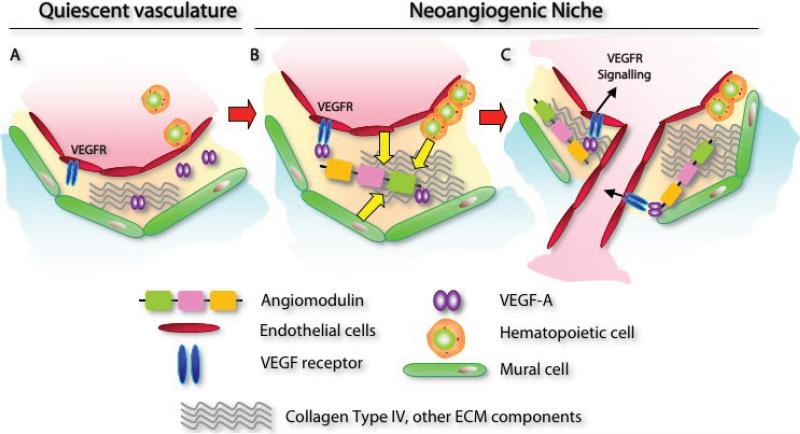Figure 7. AGM regulates VEGF-A dependent neo-angiogenesis.
A) In quiescent stabilized vasculature, VEGF-A will not actively signal through its receptors to induce angiogenesis. B-C) In the neoangiogenic niche, VEGF-A is required to rapidly signal through its receptors and transduce signals for cell proliferation, migration, orientation, patterning and survival. ECs, hematopoietic cells, and mural cells may secrete AGM into the neoangiogenic niche. AGM binds to collagen type IV and other extracellular matrix or basement membrane associated factors. AGM binds VEGF-A (B). AGM-mediated proper positioning of VEGF-A allows precise signaling via its receptors inducing effective angiogenesis (C).

